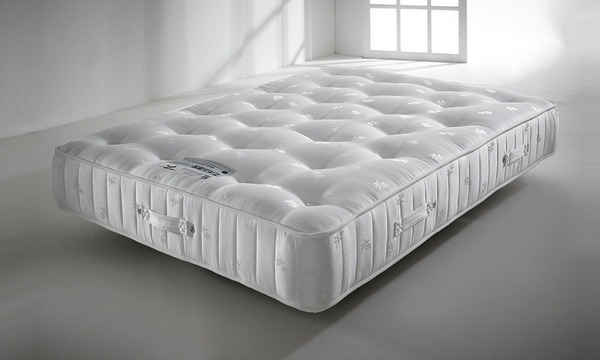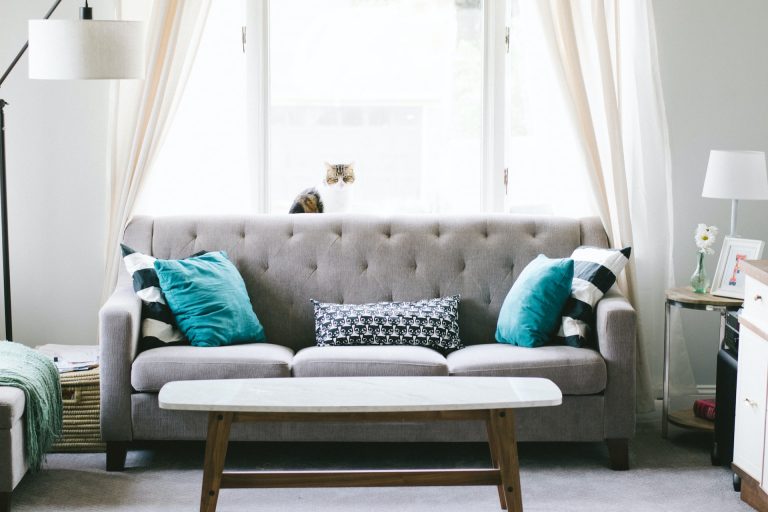Footstool Maintenance Tips and Tricks
Footstools aren’t just functional furniture; they can also be a stylish addition to any living space. However, ensuring their longevity and appeal requires proper maintenance and care. Here are some expert tips and tricks to keep your footstool in top condition.
Table of contents
Footstool Maintenance
Footstool Maintenance serve various purposes, from providing a comfortable place to rest your feet to serving as an extra seat. Neglecting their maintenance can lead to wear and tear, affecting both their functionality and aesthetic appeal.
Choosing the Right Footstool
Selecting the appropriate footstool begins with understanding your lifestyle. Consider the material and size that best fit your needs to ensure longevity and ease of maintenance.

Material Matters:
- Wood: Offers durability and a classic look but may require more maintenance.
- Upholstered Fabric: Provides comfort but may require more frequent cleaning.
- Leather or Faux Leather: Durable and easy to clean, but upkeep is essential to prevent damage.
- Metal or Plastic: Modern and easy to maintain but might lack warmth and comfort.
Size Considerations:
- Height: Ensure it complements your seating; too high or too low might be uncomfortable.
- Width & Length: Match it to your seating area; too small won’t provide adequate support, while too large might overpower the space.
- Storage Options: Some footstools come with storage compartments, which can be helpful for keeping things tidy.
Functional Features:
- Mobility: Consider if you need a footstool that can be moved around easily.
- Multi-Functionality: Some footstools double as extra seating or a table, offering versatility.
- Adjustability: Certain designs offer height or angle adjustments for personalized comfort.
Regular Cleaning Routines
Routine cleaning is crucial to prevent dirt buildup. Depending on the material, employ suitable cleaning methods and establish a cleaning schedule to keep your footstool looking fresh.
Addressing Stains and Spills
Spills happen, but quick action is key. Learn how to tackle spills immediately and handle stubborn stains without damaging the footstool’s fabric or leather.
Preserving Footstool Upholstery
Protective measures can significantly extend the life of footstool upholstery. Explore ways to shield fabric and leather from potential damage.
Maintaining Wooden Footstools
Wooden footstools require specific care to maintain their natural beauty. Discover polishing techniques and preventive measures to avoid damage.
| Maintenance Aspect | Description |
| Cleaning | Use a soft, damp cloth to wipe the surface regularly, removing dust and spills promptly. |
| Avoid Moisture | Keep footstools away from damp areas or direct sunlight to prevent warping or discoloration. |
| Polishing | Apply a wood-specific polish using a soft cloth, following the wood grain for a glossy finish. |
| Protection | Use coasters or felt pads under objects to prevent scratches and protect the wood’s surface. |
| Avoid Harsh Chemicals | Refrain from using harsh cleaners or solvents as they can damage the wood’s finish. |
| Regular Inspection | Check for loose joints or any signs of damage; tighten screws and address issues promptly. |
| Seasonal Maintenance | During extreme temperature changes, use a humidifier or dehumidifier to maintain wood stability. |
Footstool Storage and Placement
Proper storage and placement play a role in maintaining footstool quality. Learn how to store them when not in use and where to place them for longevity. Sometimes, minor damages occur. Know how to address them yourself or when it’s necessary to seek professional assistance.
Long-Term Footstool Maintenance Practices
Adopting seasonal Footstool Maintenance practices can significantly extend the lifespan of footstools. Explore tips to keep them in top condition year-round.
Conclusion
Ensuring the longevity of your footstool involves a combination of regular maintenance, appropriate cleaning methods, and preventive care. By following these tips and tricks, you can preserve the functionality and aesthetic appeal of your footstool for years to come.
FAQS
How often should I clean my footstool?
Regularly wipe it down with a soft, damp cloth to remove dust and spills promptly. Aim for a light cleaning once a week and address spills immediately to prevent stains.
What’s the best way to protect a wooden footstool?
Use coasters or felt pads under objects to prevent scratches, keep it away from direct sunlight and damp areas to avoid warping or discoloration, and apply a wood-specific polish for a glossy finish.
How do I address spills or stains on fabric or leather footstools?
Act quickly by blotting up spills with a clean cloth, use mild soap or leather cleaner for stains on fabric, and for leather.
How can I ensure my footstool lasts a long time?
Regularly inspect for loose joints or damage, tighten screws as needed, consider seasonal maintenance like using a humidifier or dehumidifier during extreme temperature changes, and store it properly when not in use to prevent unnecessary wear.








